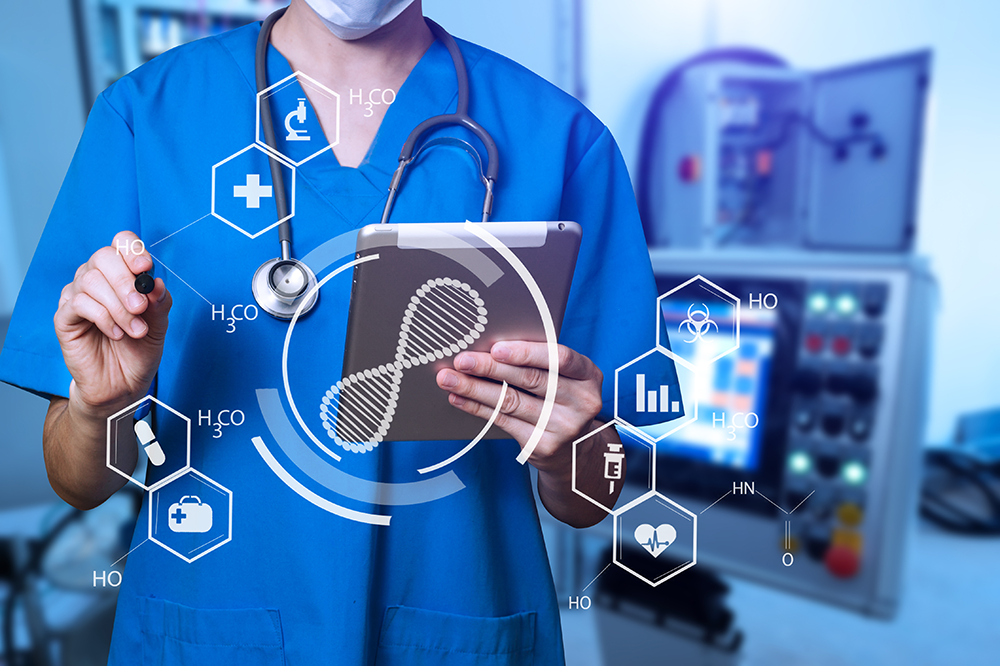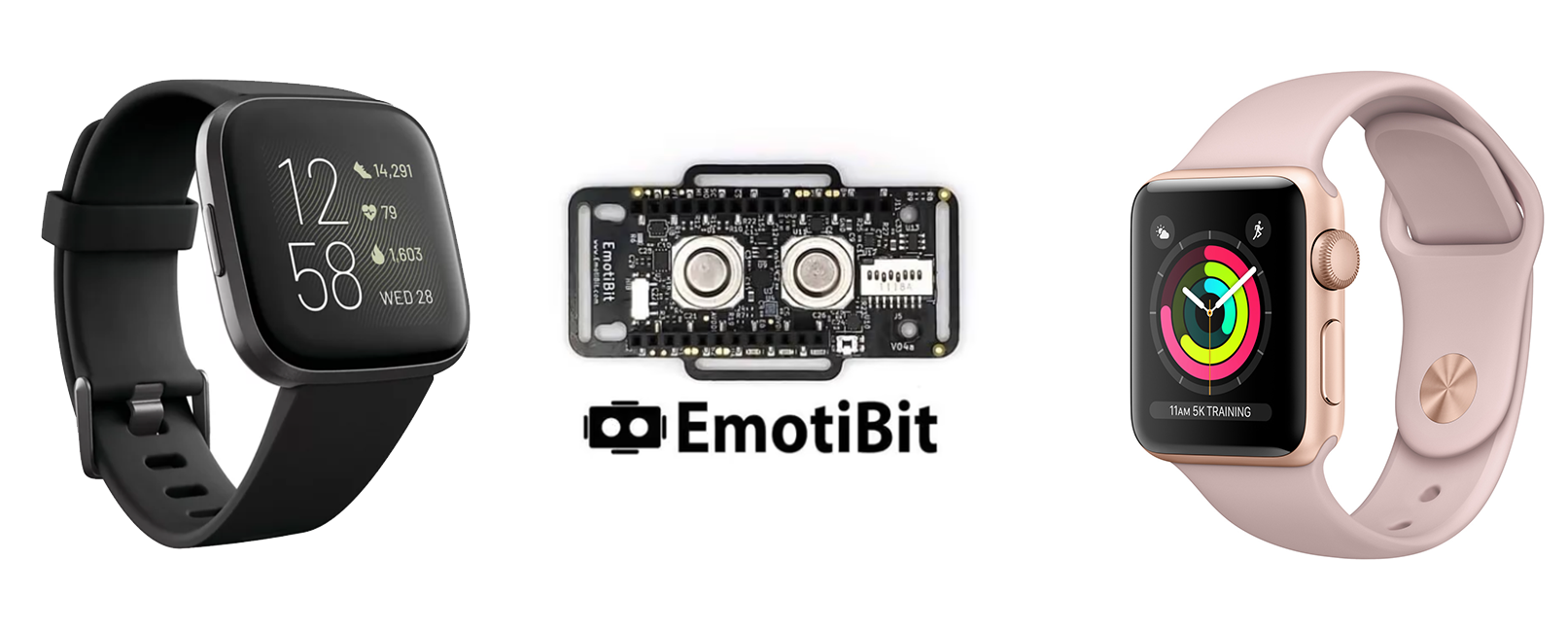Forbes projects Internet of Healthcare Things as a top-4 IoT trend in 2023
November 14, 2022 by Rich Kurtzman, Brand Communications @ Fathym

In this piece
- Definition of IoT
- Definition of Internet of Healthcare Things (IoHT)
- How to connect IoT devices to the cloud by using Fathym
The Internet of Things has already become a part of our everyday lives.
IoT (Internet of Things) refers to a physical world of things – cameras, smart watches, refrigerators, cars – which have sensors in them and are connected to the internet so they can share data.
You may be reading this with a smartwatch on your wrist currently. Or get interrupted by your doorbell camera alerting you to movement. Heck, your fridge may be notifying you to buy more milk today because you’re out.
And now that we’ve started down the rabbit hole, things will only get more connected over time.
That reaches into our healthcare system and allowing doctors to see patients virtually with IoT devices monitoring their health.
The Internet of Healthcare Things
According to Forbes’ report from Nov. 2022, The Internet of Healthcare Things is one of the top-4 IoT trends in 2023.
“Healthcare is a huge area of opportunity for IoT technology, and the value of the market for IoT-enabled health devices is set to hit $267 billion by 2023,” they write.
What exactly does that look like?
Smartwatches and other “wearables” have become more ubiquitous in recent years; it seems like everyone has one.
Something new and revolutionary will be the advancement of home healthcare by professionals. Many people have experienced what virtual doctor appointments are like as their use was prompted by the pandemic. In the near future, in-home sensors will allow doctors to keep an eye on patients at home and more.
Home healthcare using IoT
Thanks to advancements in the internet and wearables, doctors and nurses can now monitor folks from home.
Forbes wrote:
“One of the biggest gamechangers is the use of wearables and in-home sensors to enable healthcare professionals to monitor the condition of patients outside of the hospital or doctor’s surgery. This enables 24/7 care while freeing up valuable resources for patients who need immediate and direct care. In 2023 more of us will become familiar with the concept of the ‘virtual hospital ward’, where doctors and nurses will oversee the monitoring and treatment of patients in their own homes thanks to sensors and telemedicine.”
That’s a huge plus for everyone.
Patients can be where they are most comfortable, at home, with family and pets and creature comforts. That’s a win over being in the hospital and should help reduce healthcare costs, too. For hospitals, it frees up beds which simultaneously takes a load off staff members as well as the infrastructure. And then makers of the tech will also benefit.
Personalized health monitoring
As we’ve written recently, wearables are electronic devices that can be worn or carried on the body and are divided into categories; smartwatches, wristbands, and even smart clothes and hearables.
Some of the biggest brands in smartwatches – like FitBit and Apple Watch – track all kinds of biometrics.
There’s a way to check if “I got my steps today,” but it doesn’t stop there. You can choose a workout, like an outdoor walk, and the wearable will not only track the distance, but the route by using GPS, the speed as well as your heart rate. Based on that heart rate, they can also guestimate how many calories you burn during that workout.
Then there’s blood oxygen levels, EKGs, sleep tracking and so on.

Forbes continues:
“On the consumer side, wearable devices allow everyone to gain better insights into their own health and fitness, which again will help reduce the strain on existing healthcare systems by allowing us to seek help earlier when something is wrong, as well as gain a better understanding of how diet and exercise impact our health. Smartwatches featuring ECG and Sp02 sensors are now commonplace, and over the next year, we can expect to see more products, such as wearable skin patches.”
New, cutting-edge wearables on the rise
Smartwatches are ever improving. Some of the latest ones can read oxygen saturation (SpO2), determine stages in your sleep cycle and detect if you’ve been in an automobile crash.
But it turns out, those are only scratching the surface.
Emotibit’s sensors can be worn on your wrist, or even places like your ankle, bicep or even your head. They track 16+ signals, even including things like hydration, emotional state and physiological activation.
The Owlet Baby Monitor can help track your baby’s oxygen levels and other metrics.
And BearTek SnowSport Gloves allow users to play music, change songs, take pictures and more all from their gloves.
As this space continues to evolve, it will be exciting to see what companies and startups come up with next.
Connecting IoT devices to the cloud
Fathym’s IoT Ensemble features out-of-the-box cloud connectivity for IoT sensors and devices. That includes data visualization, device management, two-way communication and much more.
Store your data in our provisioned Microsoft Azure cloud, or your own cloud of your choice.
And using IoT Ensemble would be incredibly valuable for medical researchers who are using Emotibit sensors. Or software vendors could create applications for healthcare providers and professionals.
Fathym’s out-of-the-box cloud solutions can power those vendors or researchers to get their apps off the ground quicker.
And Fathym was recently named to a list of top Colorado IoT companies.
Watch our 1-minute IoT Ensemble overview here: